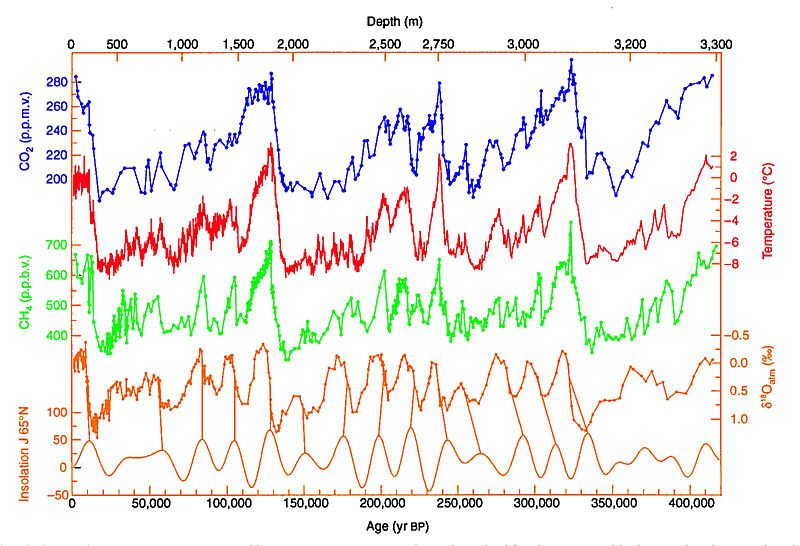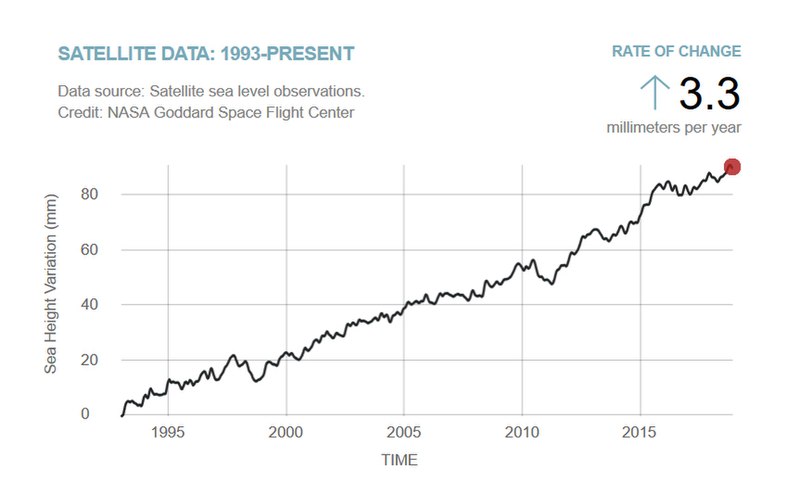The past four or five years are unquestionably among the hottest in history ever recorded: An oft-repeated message and a condition personally witnessed and attested to by myriad people. If world warming of late seems unprecedented that’s because it is.
So, too, it would appear is air-pollution-contributed premature death: 7 million worldwide annually according to World Health Organization estimates.

The relationship of one to the other in the two examples above can be qualified as cause-and-effect.
Another directly observable cause-and-effect is heat and its influence on ozone in California’s San Joaquin Valley and, moreover, it is in the midst of such as this is being written.
The Valley right this very moment is baking in intense heat, albeit under the cover of clouds. Today until at least the early part of next week, the approximately 24,000 square-mile area that’s surrounded on three sides by mountain ranges, is forecasted to endure a range of high temperatures of anywhere from a low around the century mark to a high of as much as 110 degrees Fahrenheit. In some Valley locations, the temp might even go higher. Without sufficient breezes to clear out accumulating air pollutants, this pollution will build. This oft-repeated refrain is typical for and in the Valley. It isn’t uncommon for this situation to recur many times over during the warm-weather months.
But the Valley in this regard is not alone. It has company. There is a commonality. This scene has played out time and time again in communities like Los Angeles and Sacramento in California; in the Phoenix metropolitan region in Arizona; in Houston in Texas; as well as in parts of the east, southeast, and U.S. mid-West.
Whether Earth’s recent hotter surface temperatures are due in part or in total to rising greenhouse gas (GHG) emissions of methane (CH4) and carbon dioxide (CO2), what is known definitively is that the temperatures in question have definitely climbed. This can be readily seen in the graph below (red plot, left side).

To exact a cure means to get on board
So what remedies are there to keep the problem from getting worse?
Every year dignitaries, luminaries and many other interests gather in various locations throughout the world from as many at times as nearly 200 nations to hash out plans with the intent of putting those plans into action with the singular purpose of tackling issues pertaining to global warming, climate disruption and things related, though this year may be the exception due to the pandemic. Irrespective of warming, one simple and universal behavioral change has demonstrated that marked reductions in air pollution can result. Concrete evidence exists to substantiate this.
Furthermore, industries independently can take steps to limit and reduce carbon footprints and many have – voluntarily. A number from such sectors as agriculture, energy production, manufacturing, construction, business, housing and transport have signed on.
All of which goes to show that even on a planet whose surface is getting warmer, it doesn’t need to be a case where the supply of air becomes unhealthier – and to some more difficult – to breathe.
Global warming, which implies a rise in average atmospheric temperature over time, does not necessarily mean that degrading air quality is guaranteed.
There no doubt existed a time when mean surface air temperature was even hotter with the content of that air being, apparently, less unhealthy (think the time of the dinosaurs).
At the end of the day, it is we, the people, who can foment change with respect to our current polluted-air situation. It may take a collective commitment and intestinal fortitude to make that happen, but it can be done.
Images: NASA Goddard Space Flight Center (upper); Wikimedia Commons (lower)
Published by Alan Kandel

I’m in!
Somewhat disagree. Global warming is due to a rise in average ocean temperature or more precisely average ocean surface temperature. Instantaneous air temperature is not that important as air relatively quickly radiates heat, however the ocean stores heat.
The huge unspoken problem of human water pollution is swept under the rug while societies squander resources incorrectly focusing on CO2. Atmospheric CO2 does not cause significant ocean temperature rise but water pollution (mostly from Asia) does. Human water pollution is off the charts and the effects are obvious along all coasts and particularly asian rivers. The oceans viewed from space show large algae blooms everywhere near large human populations. Algae blooms are caused by polluted water, not CO2. Algae have evolved to absorb more sunlight (clean water reflects most sunlight). Its a similar situation for dead zones: Darker water absorbs more sunlight than clean water. Oceans are 75% of the planet surface and direct solar heating is the biggest effect on ocean temperature. The modern world uses the oceans as a convenient toilet. Now even the Ganges has dead zones. These dead zones are caused by water pollution, not CO2. Yet dead zones are typically blamed. Ocean surface temperature rise is just one symptom of water pollution.
Human water pollution consists of: human biological waste, farm waste, phosphates, nitrates, plastics, garbage, toxic industrial wastes from chemicals to oil, carcinogens, not nice, etc. This water pollution is what causes ocean oxygen depletion, dead zones, acidification, algae blooms, and artificial rising ocean temperature. Water pollution needs to be handled efficiently and economically to solve the problem. For cleaner water, cheaper and better treatment of sewage and agricultural runoff is needed along with regulating industrial waste.
This is very interesting information. If you could please provide source info. to lend credence to the ocean-warming to air-warming cause-and-effect, it would be very much appreciated. Thanks.
Minor correction to my above statement: “Yet dead zones are typically blamed.” should read “Yet ocean dead zones are typically blamed on global warming instead of ocean pollution.”
Call me in a few hours or later at 917 881 1363 and I will explain more. I might have to call you back so let me know your tel number and/or email. Note (A) Total solar heating of the earth is (1) primarily ocean heating (2) then air (3) land 3rd. (B) Plus then the heated air and land radiate their heat at night more quickly than the ocean.
Thank you for analyzing such a hot topic today!